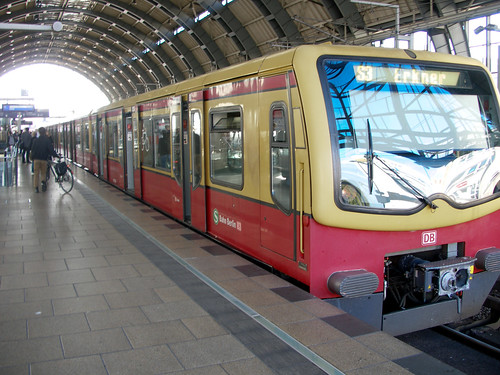This book is a great book to stick in your pocket for a trip to Berlin. It has recommendations on where to sleep, eat, drink, party, shop and what are the best places to see like the opera, theater, ballet and concert venues. The book contains beautiful photos of many of the locations that are recommended. The book is broken down into easy to use sections so the traveler can easily find what they need to know in a hurry. With this book, the traveler can easily find out where to go, and how much they can expect to spend while there.
All visitors to Berlin need a place to stay and this book lists forty hotels. The style of each hotel is described, along with its atmosphere and exactly where it is located. The book also gives the reader an idea of how much money they can expect to spend when staying there.
All visitors to Berlin will need a place to eat. Depending on the visitor’s mood, they may feel like different cuisines, and this book will tell you where to go to find each one. The book also describes the type of service available and the restaurant’s atmosphere. The book also gives the reader, the idea of how much money they can expect to spend when dining at each location.
Many people love to go to Berlin to shop and this book will give the reader an idea of where to go to buy anything they are looking for. The reader will also find where the great little boutiques are located that might be missed by the normal visitor. The book also gives the location of great markets, where the visitor can get the best bargains.
After all the shopping, many people enjoy a night on the town. This book also lists many recommendations for nightclubs, and where to go do some gambling. This book also lists the best in music facilities, including jazz clubs.
The book also lists tourist tips on seeing the historical attractions. By following its information, the tourists can save money and travel with ease.
All visitors to Berlin need a place to stay and this book lists forty hotels. The style of each hotel is described, along with its atmosphere and exactly where it is located. The book also gives the reader an idea of how much money they can expect to spend when staying there.
All visitors to Berlin will need a place to eat. Depending on the visitor’s mood, they may feel like different cuisines, and this book will tell you where to go to find each one. The book also describes the type of service available and the restaurant’s atmosphere. The book also gives the reader, the idea of how much money they can expect to spend when dining at each location.
Many people love to go to Berlin to shop and this book will give the reader an idea of where to go to buy anything they are looking for. The reader will also find where the great little boutiques are located that might be missed by the normal visitor. The book also gives the location of great markets, where the visitor can get the best bargains.
After all the shopping, many people enjoy a night on the town. This book also lists many recommendations for nightclubs, and where to go do some gambling. This book also lists the best in music facilities, including jazz clubs.
The book also lists tourist tips on seeing the historical attractions. By following its information, the tourists can save money and travel with ease.

